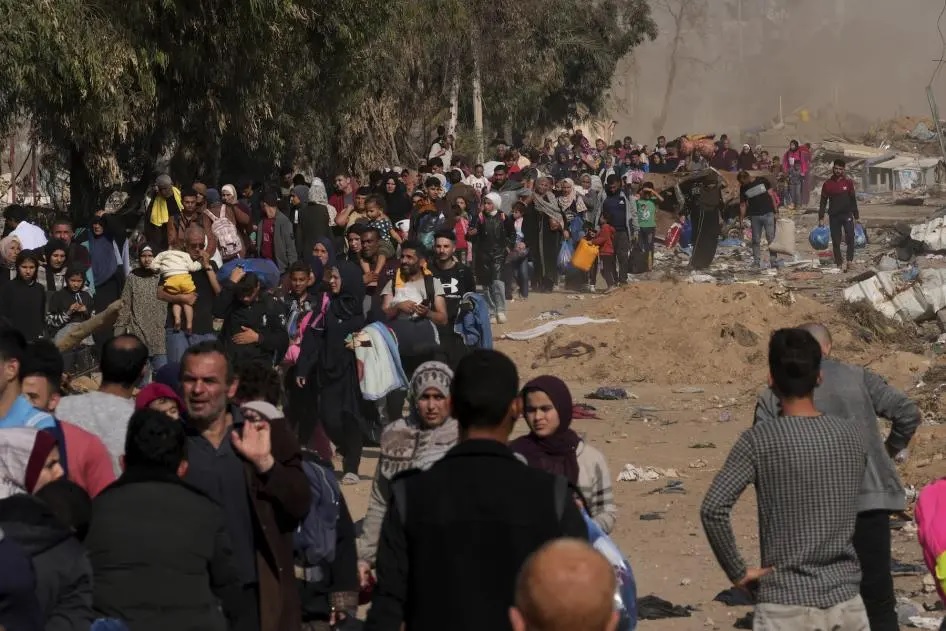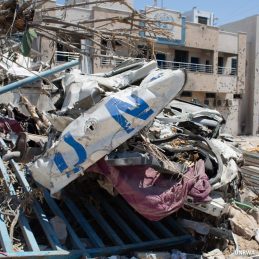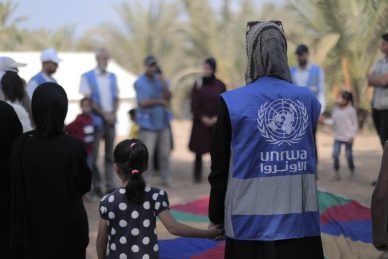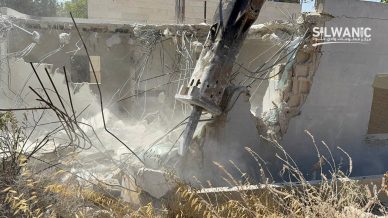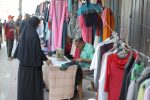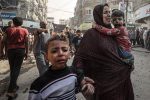GAZA, (PIC)
Roughly 800,000 people have been forced to flee Rafah since the Israeli army launched a military operation in the area on May 6, UNRWA commissioner-general Philippe Lazzarini has said in a renewed appeal for serious measures to protect civilians and provide safe humanitarian access in the war-torn Gaza Strip.
“Once again, nearly half of the population of Rafah or 800,000 people are on [roads],” Lazzarini wrote in a post on the social media platform X on Saturday.
Lazzarini said that following evacuation orders demanding people to flee to so-called safe zones, people mainly went to the middle areas of Gaza and Khan Younis, including to destroyed buildings.
“When people move, they are exposed, without safe passage or protection,” Lazzarini said. “Every time, they have to start from scratch, all over again.”
Lazzarini added that the areas that people have escaped to do not have safe water supplies or sanitation facilities.
He cited the example of al-Mawassi area, describing it as “a sandy 14 square kilometer agricultural land, where people are left out in the open with little to no buildings or roads.”
This area, located on Gaza’s southern coast, “lacks the minimal conditions to provide emergency humanitarian assistance in a safe and dignified manner,” he explained.
He said that more than 400,000 lived in al-Mawassi before the recent escalation, but now it is “crammed and cannot absorb more people,” which is also the same in Deir al Balah.
“The claim that people in Gaza can move to ‘safe’ or ‘humanitarian’ zones is false. Each time, it puts the lives of civilians at serious risk,” Lazzarini affirmed, adding that “Gaza does not have any safe zones.”
The situation is again being made far worse by the lack of aid and basic humanitarian supplies, he continued, noting that humanitarians do not have any more supplies to give out, including food and other basic items.
Meanwhile, key border crossings with Gaza remain closed or are unsafe to access as they are located near or in combat zones, according to Lazzarini, who also highlighted the critical need for fuel, which is essential for aid distribution.
He also said that only 33 aid trucks had made it to southern Gaza since May 6 – “a small trickle amid the growing humanitarian needs and mass displacement.”
“While we welcome reports on first shipments arriving at the new floating dock, land routes remain the most viable, effective, efficient and safest aid delivery method,” he underlined.
“The displaced population must have access to basic survival items, including food, water, and shelter, as well as hygiene, health, assistance and above all safety,” he stressed.
“Humanitarian relief teams also need safe and free movement to access people in need, and protection wherever they may be, and the parties are also obligated to protect civilians and civilian objects everywhere,” the UNRWA chief said.
“Above all, it is time to agree on a ceasefire,” he concluded. “Any further escalation in the fighting will only wreak more havoc on civilians and make it impossible to finally have the peace and stability that Israelis and Palestinians desperately need and deserve.”

